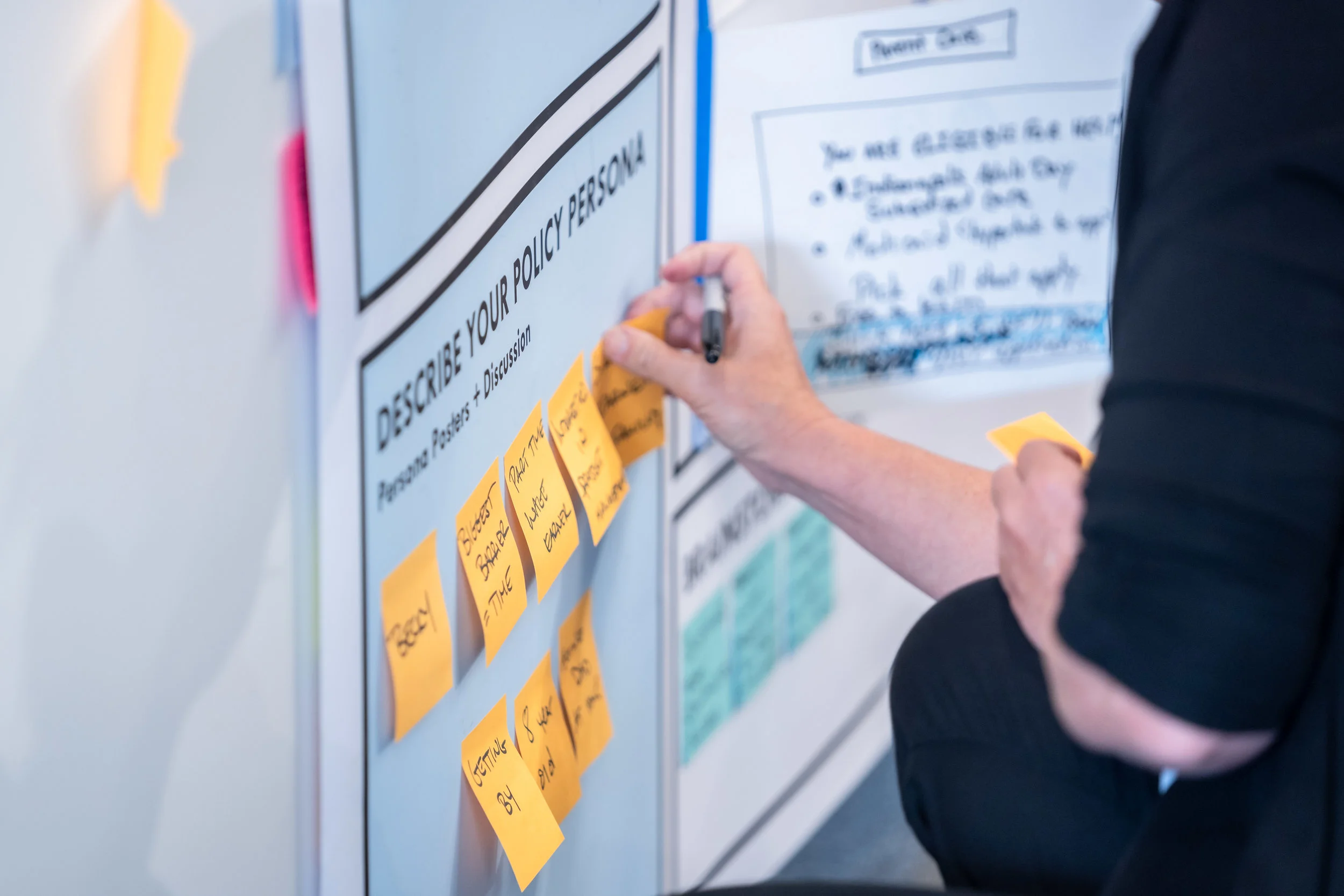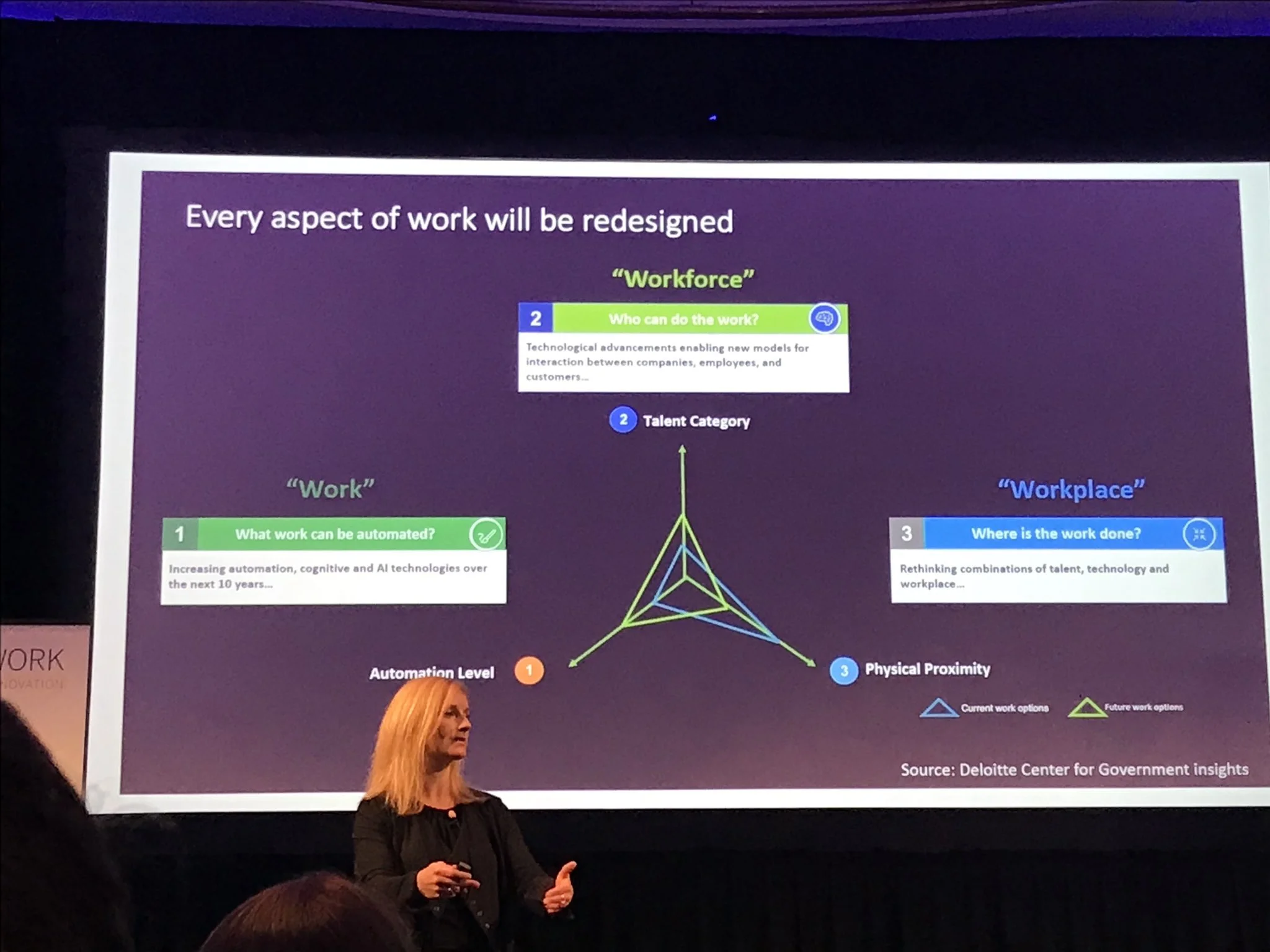Cross post from Venture Beat (http://venturebeat.com/2014/03/10/nasa-finds-big-payoffs-in-crowdsourcing/) Crowdsourcing is an important trend, and it’s not just for pooling together knowledge on a wiki page. In fact, it’s proving extremely valuable for researchers.
At NASA, for example, we are working to more effectively harness the expertise, ingenuity, and creativity of individual members of the public by enabling, accelerating, and scaling the use of open innovation approaches including prizes, challenges, and crowdsourcing.
NASA recognizes that these methods present an extraordinary opportunity to inspire the development of transformative solutions by offering a means to engage with non-traditional sources of innovative ideas, all in a remarkably cost-effective way.
We are an agency founded on solving tough problems, and we believe in the power of open innovation to help address those problems in partnership with innovators from around the country and the globe.
To do this, we are creating opportunities regularly for broad engagement through our prizes, challenges, and crowdsourcing activities.
NASA’s challenges conducted during 2013 illustrate the many benefits of this approach and unique outcomes they create:
- Some challenges allowed us to seek solutions and stimulate innovation from non-traditional sources. In addition to individuals participating in online crowdsourcing activities, we saw very small teams, including father-son, husband-wife, and friends, which were attracted to the unique opportunity of competing in a Centennial Challenge. For example, a level one prize winning team from 2013’s Sample Return Robot Challenge — Team Survey — was comprised of friends from Robot Wars that now work at the same company.
- Some challenges helped us fill the gaps in our understanding of the current technology landscape in priority research areas. For example, through the Non-Invasive Measurement of Intra-Cranial Pressure Challenge, NASA sought ideas for measurement technologies that could help us understand better why some astronauts who have been on long-duration missions (six months in microgravity) experience changes in visual acuity and in eye anatomy. NASA suspects that these changes in the eye are related to increased intracranial pressure and sought approaches to monitor this pressure non-invasively over time. As a result of this challenge, NASA identified four new potential solutions in the current marketplace and discovered three high-interest solutions and an additional five leads on developing technology that we will continue to follow.
- Some challenges helped us to understand how complicated engineering problems could successfully capitalize on crowdsourcing techniques — even contributing to the creation of an interplanetary Internet! NASA is developing a suite of network protocols that can withstand the time delays due to the immense distances between planets and the disruptions and non-contiguous paths of the space communications links. Through the Disruption Tolerant Networking (DTN) challenges currently being conducted with the NASA Tournament Lab, we are demonstrating that the security, performance, and application of these network protocols can be improved through crowdsourcing.
- Other challenges demonstrated to us the unique nimbleness and flexibility of this tool. One research paper that studied a set of challenges conducted on the NASA Tournament Lab found that “NASA program managers have cited certain benefits that are unique to procuring technology through challenge-driven methods. Managers often ran a number of challenges in a series, which allowed them to learn from earlier challenges and redefine requirements for subsequent challenges if desired. Managers described this process as being “more nimble and flexible” than traditional procurement methods.”
In an increasingly connected and networked world, NASA recognizes the value of the public as a strategic partner in addressing some of our most pressing challenges.
We welcome and embrace the crowdsourcing trend, which enables more people to be actively involved in their space program.
For more information on NASA’s use of prizes, challenges and crowdsourcing see:http://www.nasa.gov/content/prizes-and-open-innovation/
Jenn Gustetic is Prizes and Challenges Program Executive in the Office of the Chief Technologist at NASA. She will be speaking on NASA’s crowdfunding programs at the upcoming Crowdsourcing Week Global conference in Singapore.



